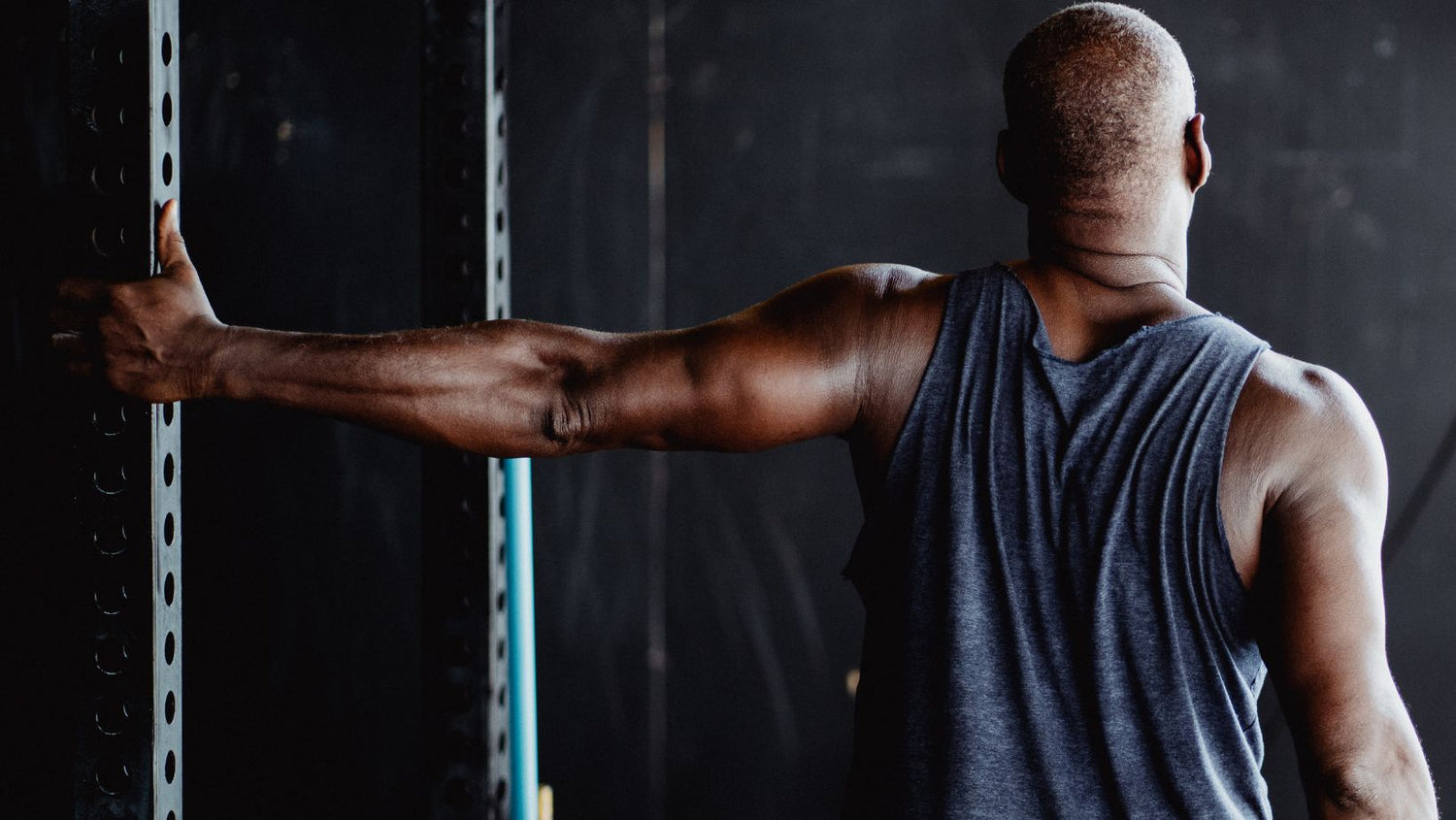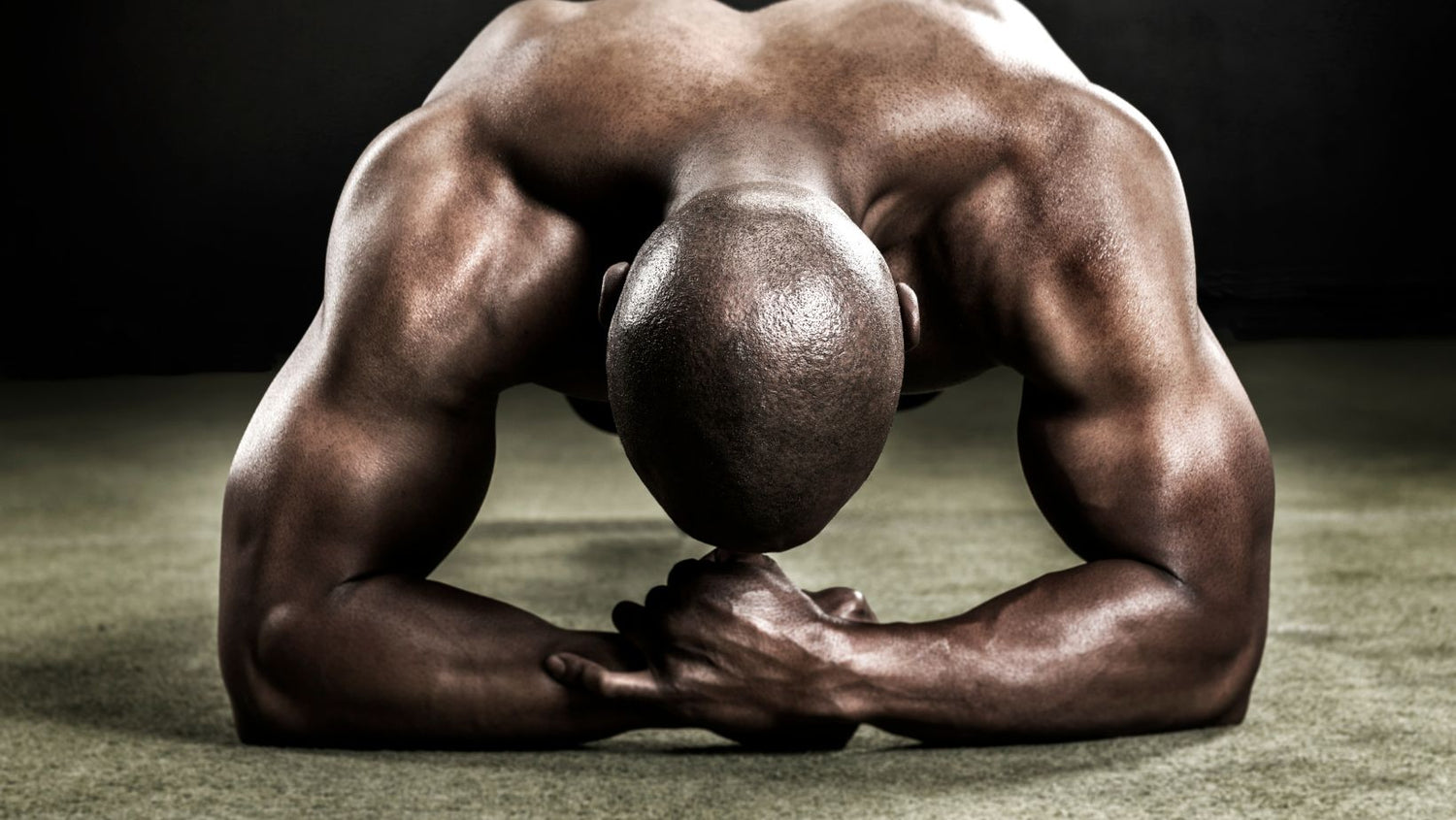If you want to develop defined and toned shoulders it's important to include an overhead pressing exercise in your workout routine. Overhead pressing exercises target muscles such as the deltoids, triceps, upper chest and upper back. Additionally they contribute to improving your posture, stability and mobility.
However when it comes to choosing the overhead pressing exercise for your goals there are a few options available. Among these options are the shoulder press and the military press; both exercises may seem similar at glance but they possess distinct differences that impact their level of difficulty, effectiveness and suitability based on individual goals and fitness levels.
In this article we will compare the technique, advantages and disadvantages of the shoulder press and the military press. We will also provide guidance on which workout is most suitable based on your experience level and fitness goals. By the end of this article you will learn how to incorporate both of these exercises into your shoulder workout routine.
What is the shoulder press?
The shoulder press is an exercise that involves lifting a weight from your shoulders to above your head. It can be done with equipment options like barbells, dumbbells, kettlebells, resistance bands or machines. Additionally you have the flexibility to perform the shoulder press while standing or sitting.
This exercise primarily targets the deltoids and triceps while also engaging the side deltoids upper chest, upper back and core muscles, to a lesser extent. By incorporating shoulder presses into your routine you can enhance strength, size and definition in your shoulders.
What is the military press?
The military press is a specific type of shoulder press that involves lifting a barbell from your upper chest to above your head while standing with your feet together. The military press is also known as the strict press or the standing barbell press. It is called the military press because it mimics the posture and movement of a soldier saluting.
The military press is a more advanced and challenging exercise than the shoulder press. It requires more strength, balance, coordination, and core stability. It also works more muscles than the shoulder press. In addition to your anterior deltoids and triceps, it also works your posterior (rear) deltoids, traps, rhomboids, lats, serratus anterior, glutes, quads, hamstrings, and calves.
How to perform the shoulder press and the military press?
To perform the shoulder press and the military press correctly and safely, you need to follow these steps:
Shoulder Press
- First decide on the equipment and where you want to position yourself. You have two options; you can either use a barbell or dumbbells for the shoulder press. Alternatively you can also opt for a machine or a resistance band if that's more to your liking. When it comes to your posture you can perform the shoulder press while standing up or sitting on a bench or chair.
- If you go with a barbell or machine make sure to hold the bar with your hands slightly wider than shoulder width. If dumbbells are your choice hold them at shoulder level, with your palms facing
- Brace your core , keep your chest up , and look straight ahead.
- Press the weight up over your head until your arms are fully extended. Do not lock out your elbows or shrug your shoulders.
- Lower the weight back to your shoulders in a controlled manner. Do not let the weight drop or bounce.
- Repeat for the desired number of reps.
Military Press
- Use a barbell for the military press. You can use a rack or a spotter to help you lift the bar off the floor or from behind your neck.
- Grip the bar with your hands slightly wider than shoulder-width apart. The bar should rest on your upper chest or collarbone.
- Stand with your feet together , toes pointing forward , knees slightly bent , and core braced . Keep your chest up , shoulders back , and head neutral.
- Press the bar up over your head until your arms are fully extended. Do not lock out your elbows or shrug your shoulders.
- Lower the bar back to your chest in a controlled manner. Do not let the bar drop or bounce.
- Repeat for the desired number of reps.
What are the benefits and drawbacks of each exercise?
Both the shoulder press and the military press have their pros and cons. Here are some of them:
Shoulder Press
Benefits
- The shoulder press is easier to learn and perform than the military press. It does not require as much strength , balance , coordination , or core stability .
- The shoulder press allows you to use more weight than the military press . This can help you overload your muscles and stimulate more growth and strength .
- The shoulder press gives you more options and variations . You can use different types of equipment , positions , and grips to target your shoulders from different angles and challenge yourself in different ways .
Drawbacks
- The shoulder press is less effective than the military press for developing your posterior deltoids , traps , and upper back muscles . These muscles are important for your shoulder health , posture , and performance .
- The shoulder press can be risky for your shoulder joints if you use improper form or excessive weight . You may injure your rotator cuff , impinge your nerves , or cause inflammation or pain in your shoulders .
- The shoulder press can be limited by your equipment or environment . You may not have access to a barbell , dumbbells , or a machine . You may also not have enough space to perform the shoulder press safely and comfortably .
Military Press
Benefits
- The military press is more effective than the shoulder press for developing your posterior deltoids , traps , and upper back muscles . These muscles are often neglected by other shoulder exercises , but they are crucial for your shoulder health , posture , and performance .
- The military press is more functional than the shoulder press . It mimics the natural movement of pushing something overhead . It also trains your whole body to work as a unit , improving your balance , coordination , and core stability .
- The military press is more versatile than the shoulder press . You can perform the military press with minimal equipment and space . All you need is a barbell and some plates . You can also adjust the difficulty of the military press by changing your grip width or stance .
Drawbacks
- The military press is harder to learn and perform than the shoulder press. It requires more strength, balance, coordination, and core stability. It also has a stricter form and technique that you need to master.
- The military press limits the amount of weight you can use. You cannot use as much weight as you can in the shoulder press, because you have to stabilize the weight with your whole body. This can limit your muscle growth and strength potential.
- The military press can be risky for your lower back if you use improper form or excessive weight. You may arch your back excessively, creating a lot of stress on your spine. You may also injure your discs, nerves, or muscles in your lower back.
Which one is better for you?
The answer to this question depends on your fitness level, experience, and goals. Here are some general guidelines to help you decide which exercise is better for you:
- If you're new to working out or have equipment and space starting with the shoulder press might be a good option. It's easier to learn and perform. It allows for more weight and variations. This exercise can lay a foundation for building shoulder strength and size.
- For those who're at an intermediate or advanced level of fitness or looking to enhance overall physical fitness and functionality giving the military press a try could be beneficial. It's more demanding but more effective as it engages your entire body as one unit. This exercise helps promote rounded and healthy shoulders, along with core stability and power.
Conclusion
The shoulder press and the military press are two great exercises for building strong and sculpted shoulders. They both work your deltoids, triceps, upper chest, and upper back muscles. They also improve your posture, stability, and mobility.
However there are some distinctions that impact their difficulty, effectiveness and suitability for various goals and fitness levels. The shoulder press is relatively easier to grasp and execute enabling you to handle weight and explore different variations. However it is not as efficient in developing your deltoids, traps and upper back muscles. On the other hand the military press requires more effort to learn and perform correctly while limiting the amount of weight you can use. However it proves to be more effective in targeting your deltoids, traps and upper back muscles.
When deciding which exercise to choose from these options consider factors such as your fitness level, experience and specific goals. You also have the flexibility to alternate between them or incorporate both into your workout routine. Remember that proper form, technique, appropriate weight selection and frequency are aspects for injury prevention and optimizing results.






